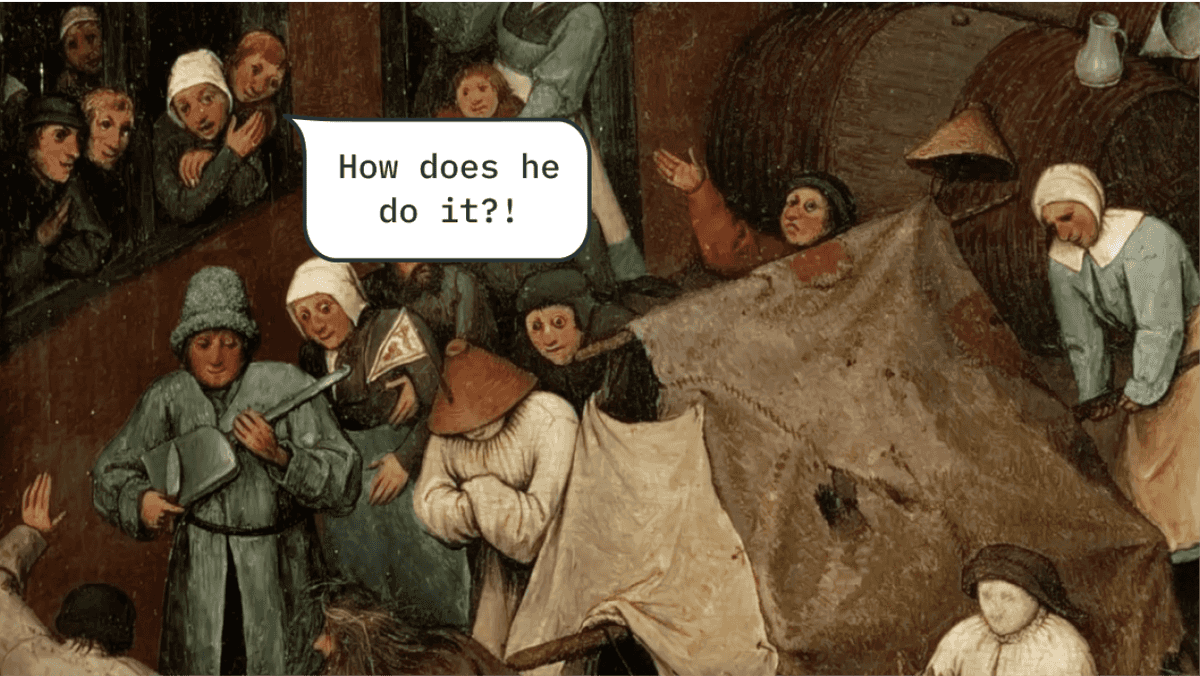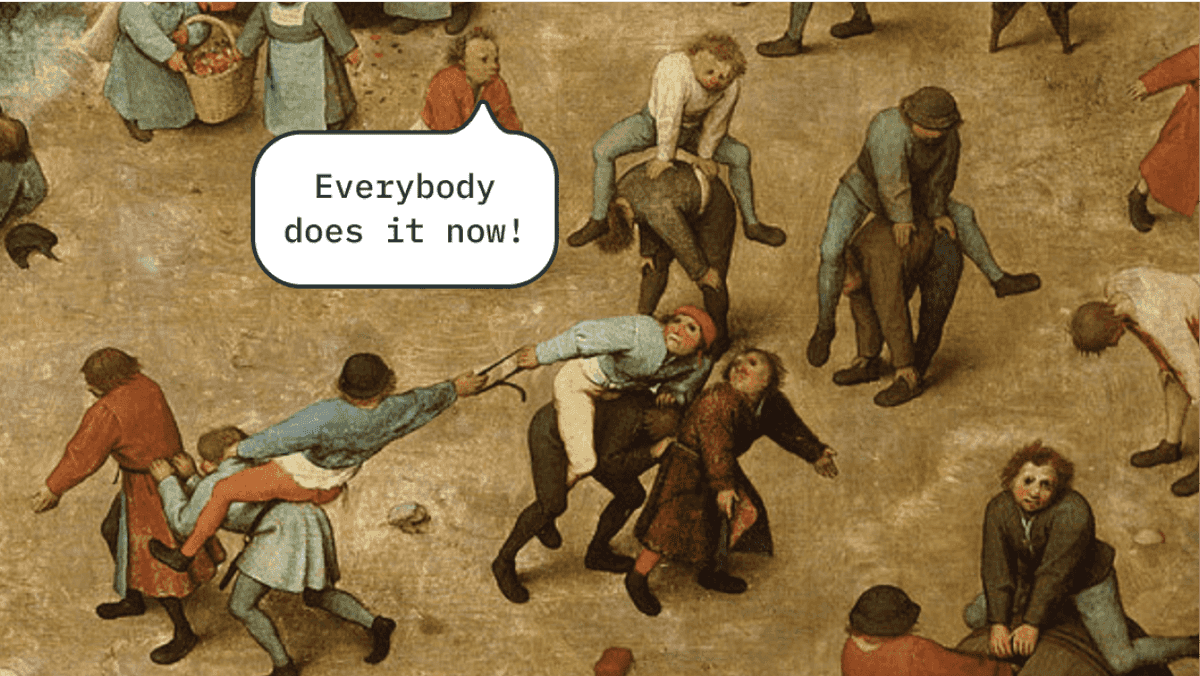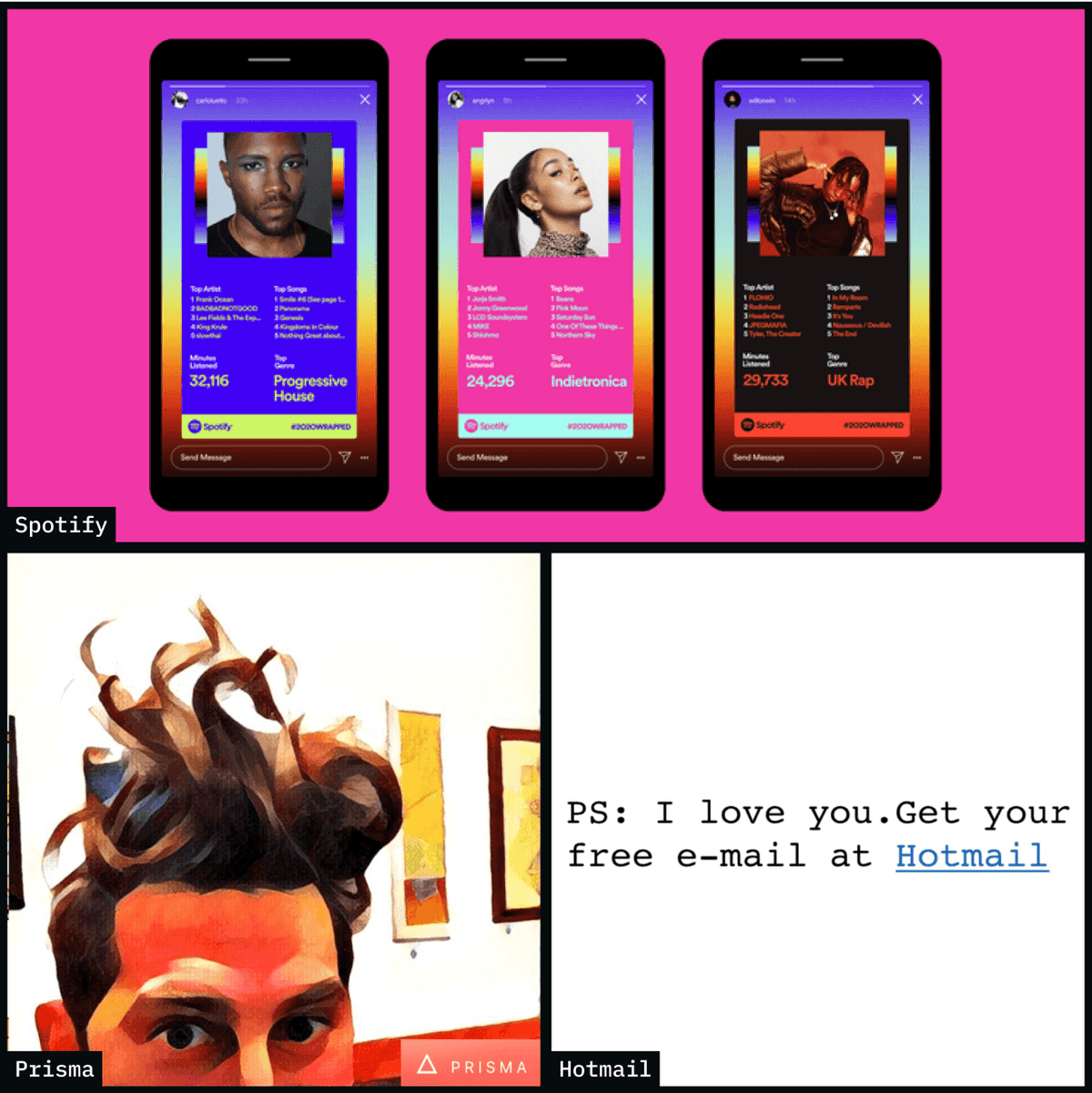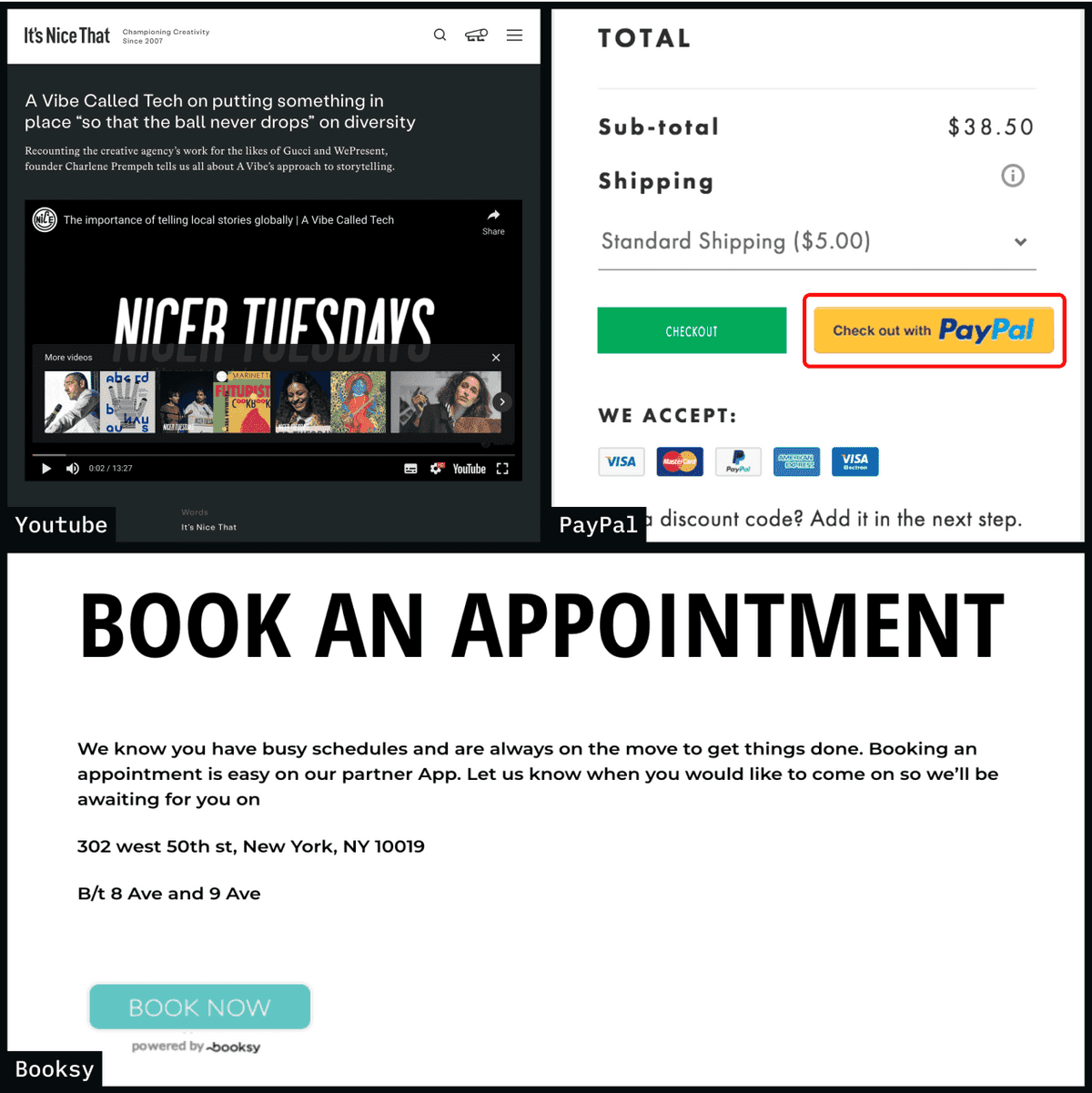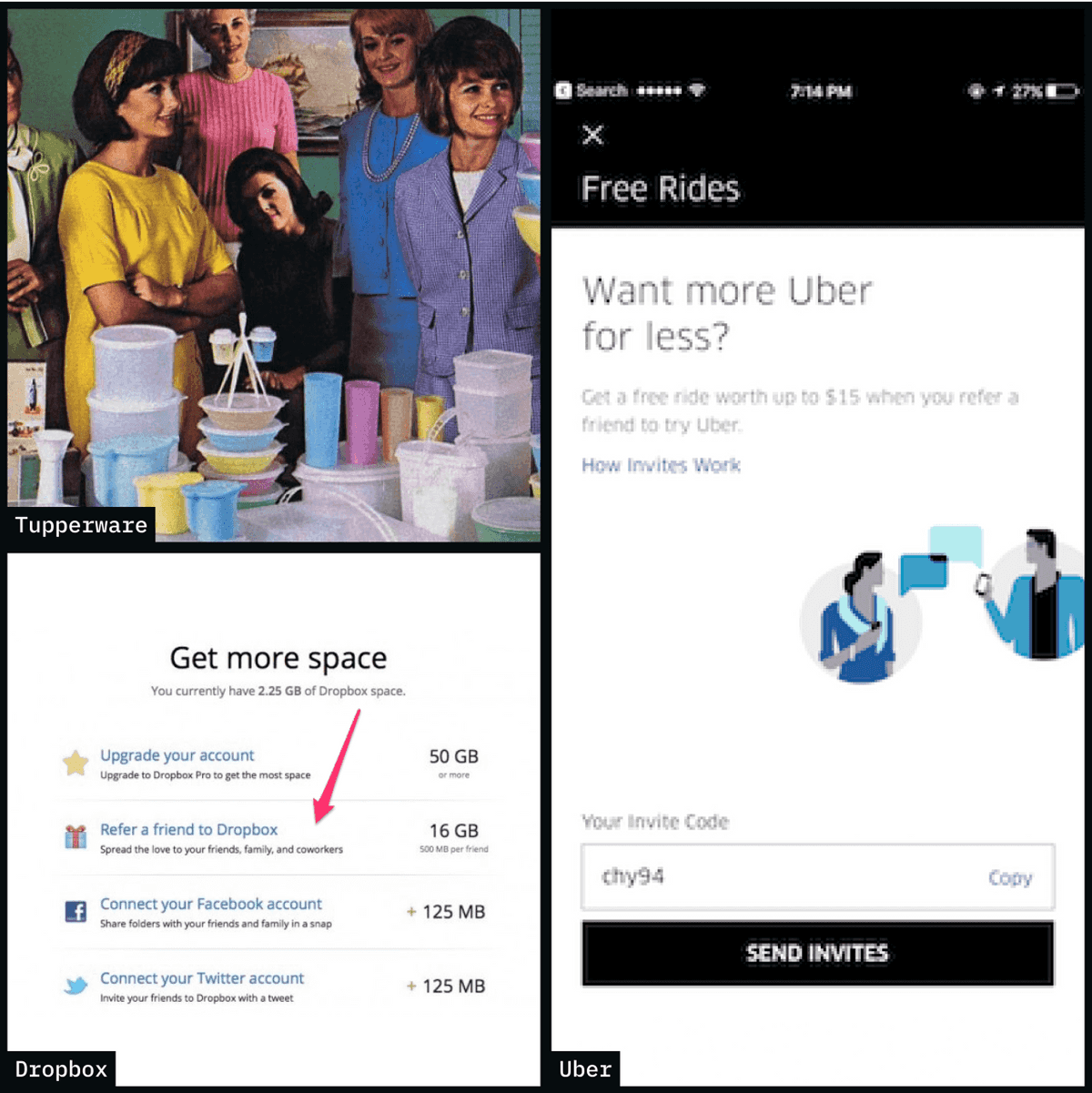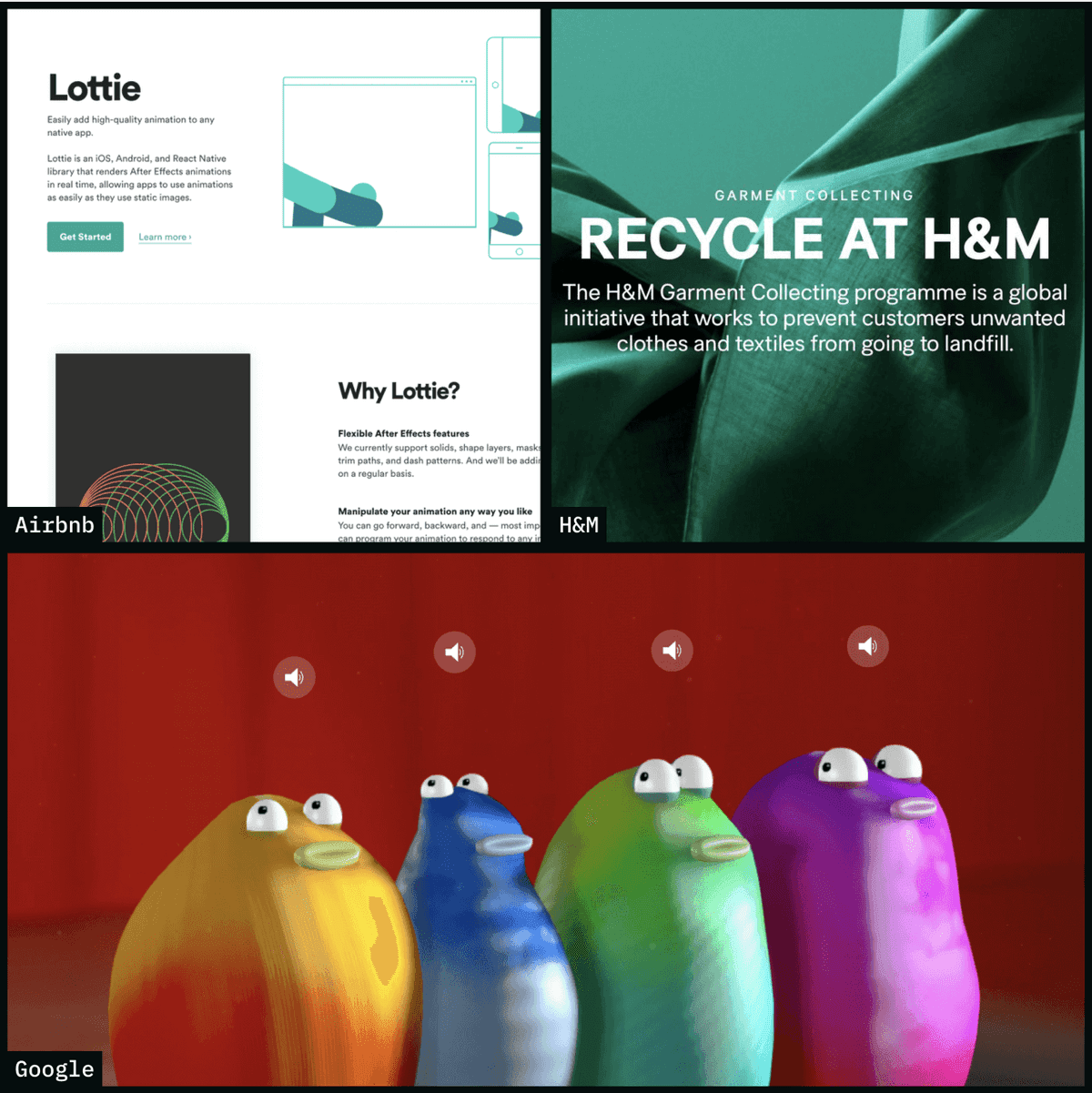
Virality
Virality is a notion of common knowledge today — almost everyone has some understanding of it. Becoming viral is a healthy intention for a product, service provider or creator. So here we are going to dive a bit deeper into how it works and what companies do to give more reasons and means for their audience to share a word about them.
Published in Bootcamp
This article is the first part of two, which is theoretical and describes
how companies leverage virality.
The second one is about the workshop
intended to ideate on how we can use it and turnt heory into practice.
What is virality technically?
It can be put as audience-driven growth — a company grows because each new user breads more users. Quite a simple concept to explain, but much harder to achieve. In his book called “Viral Loop”, Adam L. Penenberg illustrates it with the use of the Viral Coefficient — the ratio between the number of acquired users matched to the users referred by them:
Comparison of .6, .9, 1.2 viral coefficients through time
On the graph the difference is even more evident
So we can see — if on average, ten customers start to bring more than ten others, you begin to grow exponentially and become viral. Otherwise, you are striving to the plain and have to rely on the acquisition effort only. A viral product continues to grow the audience without extra input. It does not mean you should stop all the marketing spending or any other activity; it means you are in a booster mode and can make more use of it by acting in a clever way.
Virality types
Your users are bringing new clients to you in different ways — they can spread the word intentionally or not, get someone to join or just arose their interest. Special thanks to Pieter Bruegel the Elder for helping me out with the illustrations.
1. Word of mouth virality
That is something most of us think of hearing the word “Virality”. It usually happens when the product is so exciting that users mention it to everyone around them. Or it makes some of their routines much easier and so becomes one of those. Some examples:
- “Google it!”
- “Let’s switch to Notion/Next.js/Figma”
- “Looking where to stay? Check Airbnb”
2. Demonstration virality
In this case, users share something not by telling, but by showing, provoking interest in the tool. By showing the usage results, you basically provide a sample — share a Pinterest moodboard, add some filters and post vacation photos or find a restaurant nearby quicker than anybody else. So your clients may get some “How did you..?” questions.
- “Made with Squarespace/Readymag/Tilda…”
- ”- How did you get there so quickly? — I’ve used Uber/Lyft/Lime…”
- ”- Great slides, when did you find time to do that?! — I’ve used Dropbox Paper / Canva / Pitch”
3. Outbreak virality
Some products are fated to become an inevitable part of daily life today — we communicate online, read news, consume content or shop online and our list of habits continues to evolve. At some point, we start to notice that everyone is using some particular app or we see it on the news, so it looks like we should at least have a look. This is the case of outbreak virality.
- Clubhouse
- Game of Thrones or Squid Game
- TikTok
4. Network Virality
Some products provide more value the more users there are — you probably won’t visit a Zoom party alone, so you have to invite someone. It is valid for almost any social network. Or in example with Paypal — you need an account to send money as well as your counterpart should have one to receive it, which is a pretty nice motive to sign up. If the strength of a product is in the network, then users have to invite others to join in order to get more use out of it. If, of course, the product is a good one.
- Zoom
- Paypal payment
- Probably, all the messengers you use
5. Incentive Virality
Pretty straightforward this one — you can set a reward for any new referred user. It can be money, a voucher or some other valuable currency you have in your product — Dropbox was paying in megabytes.
- Uber bonus
- Dropbox free space
- Airbnb discount
Common traits
Virality is often associated with marketing. It also requires your product to be built in a way that is easy to share or provides a clear reason to spread the word about it. Penenberg’s “Viral loop” mentioned above contains the common traits of viral products and some of them are still applicable today:
-
Free:
A core value of your product should be available to the clients at no charge and easy to get so that they can get a taste of it; -
Organizational technology:
Don’t create content — let your users do it and you simply need to organise it. Facilitating access can lead to a mass audience. Take a look at Google or Instagram; -
Simple concept:
Easy and intuitive to use; -
Built-in virality:
Users spread the product purely out of their own self-interest, and in the process, offer a powerful word of mouth endorsement to each subsequent user (word of mouth is widely viewed as the best form of advertising); -
Network effects:
The more who join, the more who have an incentive to join. A telephone, for example, becomes continually more helpful to those, who already have one; -
Stackability:
A viral network can be laid over another, fostering the other’s growth (PayPal as a payment tool for online transactions; YouTube video embedding).
In-use mechanisms
You can increase the virality level by giving your audience motives to speak about the product and tools to share the information. Let’s have an overview of the mechanisms that companies use:
1. Sharable content
Data or specific functionality allows creation of unique sharable materials which serve as a marketing tool within itself, making users increase the brand awareness.
-
Spotify
Several times a year you can see your social networks get full of Spotify Wrapped — everyone shares their listener’s stats. It’s a great example of how company gets use of the data it owns; -
Snapchat, Instagram, TikTok, Prisma…
Users share unique content made with the apps on other platforms, which usually mention the original app. This is an example of how these products facilitate virality with sharing mechanisms; -
Hotmail
You may know the famous story about “Get your free email at Hotmail.com” footer. Every message sent from Hotmail used to contain this little promo line and let the company grow the awareness and userbase exponentially.
2. Commodities
Some solutions are stacked over the other services, acting as a middleman, attracting users on other platforms. If you can make our lives easier by providing a utility, you can make use of being ubiquitous throughout the other products. So this way, using the products they trust, people repeatedly bump into yours.
-
Youtube
It was, and it is still, hard to imagine a website without an embedded Youtube video; -
Paypal
It has become a convenient payment instrument for both sides of deal (mostly on eBay in the yearly days) + 10$ joining reward stimulated link sharing even more; -
“Book me” apps (Booksy, Bookme, etc)
Simple (but still branded) booking tools empower entrepreneurs to process clients. On the other side, clients are happy to see availability and avoid calling in. But it also allowed those apps to enter other platforms at zero cost to themselves.
3. Deal
Offers made by products stimulate users to invite others to the platform. It’s a very straightforward concept — you only pay for the leads that reach some set point.
-
Tupperware
Pioneer of viral marketing with the Tupperware parties — the party is run by a Tupperware “consultant” for a host or hostess who invites friends and neighbours into their home to see the product line. This way, a customer can become a distributor and get an income share; -
Dropbox
Dropbox used to give away its own currency – you could get extra cloud storage for inviting new users; -
Uber
The referral brings both sides a deposit.
4. Content
Companies may spread brand awareness and build trust through expert content or tools. By providing helpful information for the domain, you are giving free advice — so your client gets some value before even learning about you. Alongside that, it brings up scenarios for your services.
-
Inside intercom
Inside intercom has a nice blog on building a product — taking into account their b2b model, it is a nice example of accurate targeting for their audience; -
App store
Curated app lists help to grow the audience for the published apps and increase downloads for the marketplace in general; -
Aviasales
Travel blog by a travel company not only tells you about possible destinations but provides a ticket.
5. Side missions
Entertaining, useful and exciting initiatives, which are not necessarily connected to the primary company mission, create a newsworthy buzz and bring another reason to mention the company name.
-
Airbnb lottie
Bodymovin animation tool upgrade along with code style guide broadens the company’s reputation; -
Recycle at H&M
Recycling initiative has created another reason to bring a visit; -
Google experiments
Quite a lot of Google Experiments help to increase the brand’s image as an innovative and versatile one.
What’s now?
It was assembled and written as a theoretical part of the Virality ideation workshop. I wanted to illustrate what is virality and how it functions to my team at StarOfService. You can find out how we used this information to estimate our viral potential and discover opportunities in the Virality Workshop.

